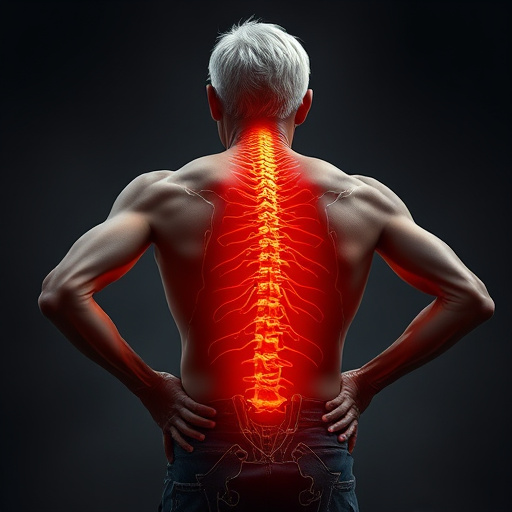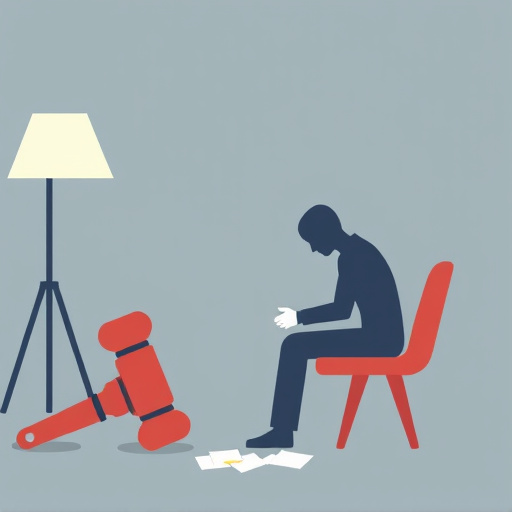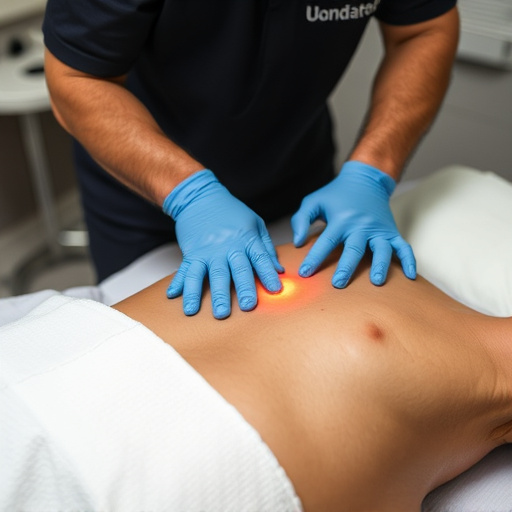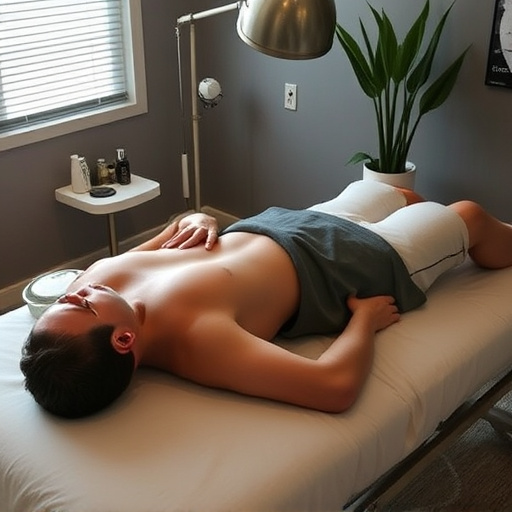Herniated disc treatment focuses on physical therapy for symptom relief and long-term wellness. Therapists employ manual techniques, exercise programs, and education to personalize care, reducing pain, improving mobility, and strengthening core muscles for better spinal stability. This comprehensive approach accelerates recovery and equips patients with tools to manage their condition effectively, preventing future injuries.
“Discover how physical therapy emerges as a powerful ally in navigating herniated disc treatment. This comprehensive guide delves into the impact of this common yet potentially debilitating condition and explores the multifaceted role of physical therapy.
From understanding the mechanics behind herniated discs to highlighting effective recovery techniques, we uncover the benefits of tailored exercises, manual therapy, and patient-centric care. By the end, you’ll grasp why physical therapy is a game-changer in managing and overcoming herniated disc pain.”
- Understanding Herniated Discs and Their Impact
- The Role of Physical Therapy in Treatment
- Effective Techniques and Benefits for Recovery
Understanding Herniated Discs and Their Impact

A herniated disc occurs when the soft, cushioning discs between the vertebrae of the spine protrude or rupture, putting pressure on nearby nerves. This condition is a common source of pain and disability, especially in the lower back and neck. The impact can be severe, leading to radiating pain, numbness, or weakness in the limbs, affecting mobility and quality of life.
Physical therapy plays a pivotal role in herniated disc treatment by addressing both the symptoms and underlying causes. It focuses on muscle recovery through targeted exercises, enhancing strength and flexibility around the affected area. Additionally, physical therapists guide patients in improving mobility, incorporating gentle stretching and strengthening techniques to reduce strain on the spine. This holistic approach supports the body’s natural healing process, aiming for long-term wellness care and a significant improvement in overall functionality.
The Role of Physical Therapy in Treatment

Physical therapy plays a pivotal role in herniated disc treatment, offering a multifaceted approach to alleviate pain and restore function. Beyond providing sciatica relief, therapists create personalized treatment plans tailored to each patient’s unique condition and recovery goals. This individualized care incorporates various techniques, such as manual therapy, exercise prescription, and education, to empower patients during their auto accident recovery journey.
Through hands-on manipulation, therapists can reduce disc inflammation, improve joint mobility, and alleviate pressure on nerve roots, thereby mitigating pain signals. Coupled with targeted exercises, physical therapy strengthens core muscles that support the spine, enhancing stability and preventing future injuries. By combining these strategies, physical therapy not only accelerates recovery from a herniated disc but also equips individuals with the knowledge and tools to maintain long-term spinal health.
Effective Techniques and Benefits for Recovery

Physical therapy plays a pivotal role in herniated disc treatment, offering a range of effective techniques to aid recovery and restore function. Therapists employ various manual therapies, including spinal adjustments and targeted joint mobilizations, to alleviate pain and improve mobility. These hands-on approaches help realign the spine, reduce pressure on affected nerves, and promote healing.
One of the key benefits of physical therapy for herniated disc patients is the development of a customized exercise program. Tailored strengthening and stretching routines enhance spinal stability, improve posture, and foster better body mechanics. This not only facilitates mobility improvement but also prevents future injuries, empowering individuals to manage their condition effectively.
Physical therapy plays a pivotal role in the comprehensive approach to herniated disc treatment, offering a range of effective techniques to alleviate pain and enhance recovery. By focusing on specific exercises, manual therapy, and patient education, physical therapists help individuals manage symptoms, improve mobility, and regain control over their daily lives. Incorporating these evidence-based practices into the treatment plan can significantly contribute to successful herniated disc management.














